Manufacturers in this category don't have it easy. They face satisfying shoppers who want to eat healthily but are unwilling to compromise on taste or convenience. They've already gone a long way to achieving the first by introducing low-fat and reduced-salt varieties. Indeed, NPD has largely focused on healthy eating, in an attempt to drive up volume sales that have plateaued in the past three years. Innovation in products that offer indulgence has suffered as a result, but this could be a key area for growth in coming years as the category grows to a predicted £1bn by 2011.
These days, more people are eating breakfast while travelling or at their desks, which has increased sales of easy-to-grab pastries such as croissants and bagels. Yellow fat producers can take advantage of this trend, and manufacturers could develop indulgent butters and spreads specifically designed for these pastries, as morning goods are chosen for their taste and convenience rather than their health properties. Butter is already experiencing a renaissance due to its natural positioning and would be an ideal accompaniment if it were made more portable.
It doesn't end there. Butters could be packaged in easy-to-use sachets and infused with fruits such as blueberries or lemon juice, or with spices such as cinnamon.
There is also scope in the market for a yellow fat manufacturer and sweet spread manufacturer to launch dual pots, such as Müller Corners, to make them both convenient and cost effective.
Beyond breakfast, a revival in home cooking also presents an opportunity for the market. Manufacturers can reposition butter and spreads for specific recipes such as sun-dried tomato and basil butter for use in pasta, or chilli and lime butter for use in Thai dishes.
Yellow fats are well positioned to benefit from key trends such as local sourcing, convenience and home cooking, but these messages need to be communicated clearly and effectively on and off pack.



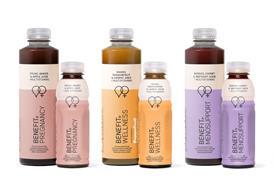







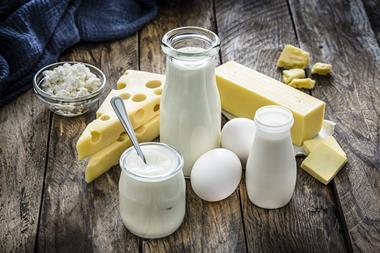
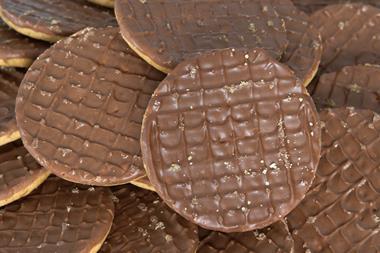

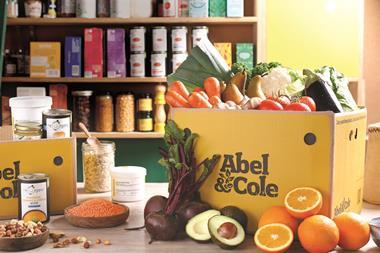
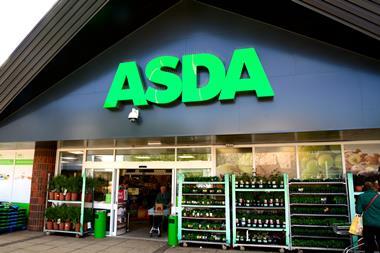

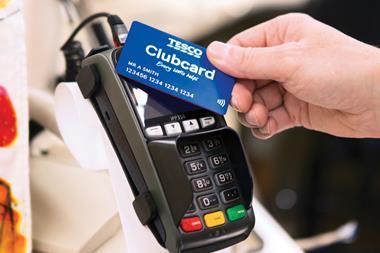

No comments yet